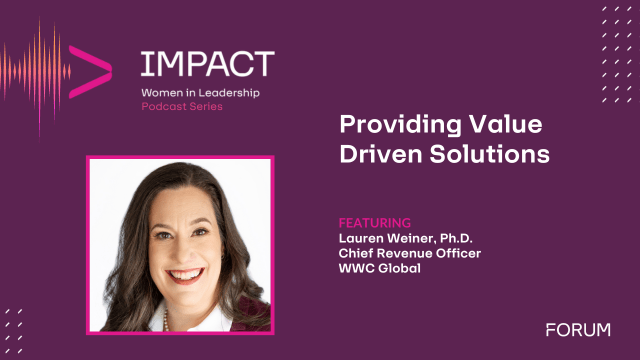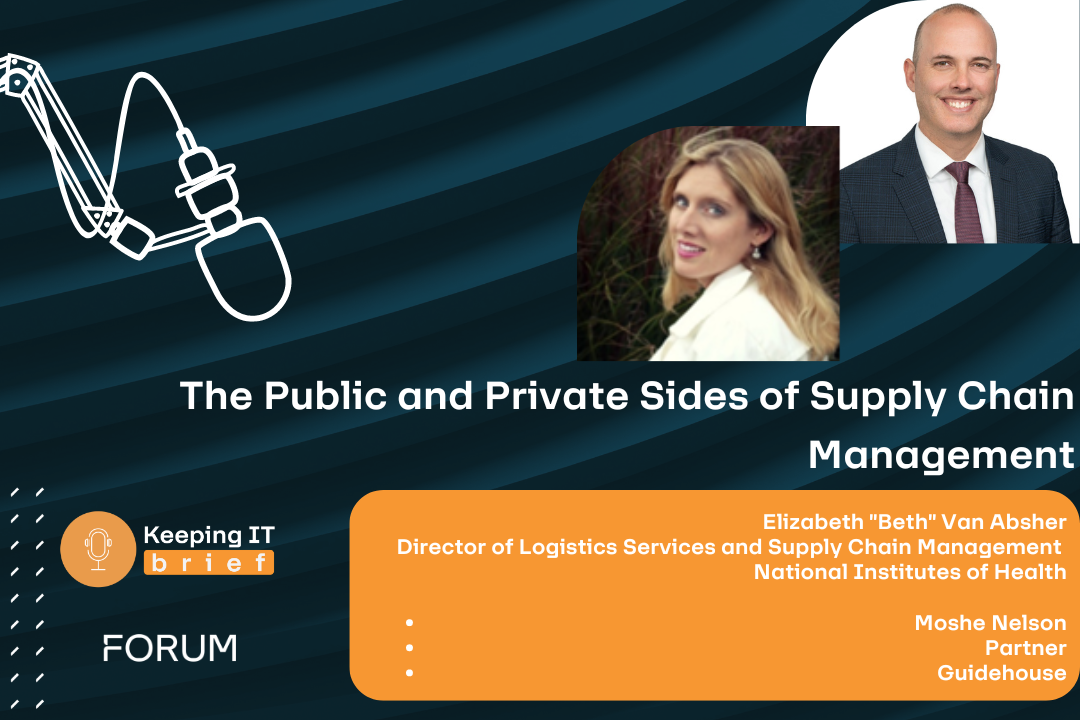October 5, 2015, By Brian Lindholm, Used with permission from FedSavvy Strategies
Qualifying – or disqualifying – potential opportunities is one of the most fundamental business development challenges. Regardless of whether you are a large or small business, this question confronts business owners, executives and business developers every day: “How do you efficiently and effectively qualify an opportunity?”
The first step is to recognize that not every lead is a qualified opportunity. Sorry, but it’s not as simple as looking at a name tag! The good news is qualifying leads is not a mystical art.
What is the difference between a lead and a qualified opportunity?
A lead is simply information that has come in from any variety of sources (e.g., business partners, news stories, FBO postings, etc.). These are unvetted possibilities for your firm to consider entering in its business development pipeline. No matter the origin, however, until you have exercised a simple-yet-necessary qualification process, it is not a qualified opportunity.
How do you turn a lead into a qualified opportunity?
To do so, consider these “basics” when it comes to a initial qualification of a lead:
- Can you articulate the basics of the customer’s needs? Do you know the fundamental driver(s) behind the opportunity? If you have no idea what that is, do you really have any business pursuing this further?
- Do you have a basic understanding of the technical requirements? If your firm does not even comprehend the lead’s underlying technical requirements, then this is not something on which your firm should spend more time and money. If it is recognizable, however, then there’s no need to obsess over detailed technical solutions at this stage. In order to transition from lead to qualified opportunity only requires a fundamental understanding of the requirements of the customer.
- Is there evidence of funding to back the lead’s needs? Unless you’re a charity, this is pretty important: Don’t assume that just because it is a U.S. Government agency that there will be funds just waiting to be spent. Is there any precedence for funding (such as an existing requirement)? Do you know of new funding that is available to support this requirement? While you don’t need to know the details of the funding at this stage, you do need to know enough that you don’t pursue every wild-eyed dream suggested by political speeches or very ambitious (but lacking influence) government officials.
- Does the lead fit your overall business strategy? Is the lead at all consistent with your business strategy? If not, why are you wasting any time pondering it?
Only after a lead is qualified should it go into your pipeline for more resources. Qualifying a lead should only take the equivalent of a few hours of labor. If you cannot figure out answers to the above questions without weeks or months of work, is it something that really makes sense for you to pursue? NO!
What is a qualified opportunity depends on how it fits your business and not someone else’s business. Just because you read about something on FedBizOpps or a paid database service does NOT make it qualified and does not mean that it fits within your firm’s strategy. Build a pipeline. Don’t build pipe dreams.
Why is it important to qualify leads?
- We operate in target-rich environments. There are leads all around us and they come in on a regular basis. It is necessary to sort this information into valid leads and ones that just don’t work before we end up chasing the wrong leads down the wrong paths.
- Your business development pipeline needs regular feeding. Pipelines are organic creatures. Opportunities regularly exit the pipeline through conversion to wins (hopefully), to losses (it happens), or because the opportunity is no longer viable. Getting good leads and qualifying new opportunities early and often keeps the pipeline well-populated.
- If you qualify leads poorly, then you consume resources that could be better used elsewhere. This may be a Master of the Obvious statement, but no one has infinite amounts of time and money to chase an endless stream of leads.
- Your team will get frustrated by the many leads that fail to translate into qualified opportunities. Don’t spend your time tilting at windmills. People can only chase so many pointless leads before they lose the ability or will to pursue the ones that matter.
We have all fallen into a trap of our own making, spending countless hours pursuing bad leads. With a drill on fundamental skills, though, a prepared company can efficiently and effectively determine whether a lead is qualified – or unqualified – opportunity.
If you would like to read more about the basics of a total federal business development process specific to the federal contracting market, read more at FedSavvy Strategies blog.












